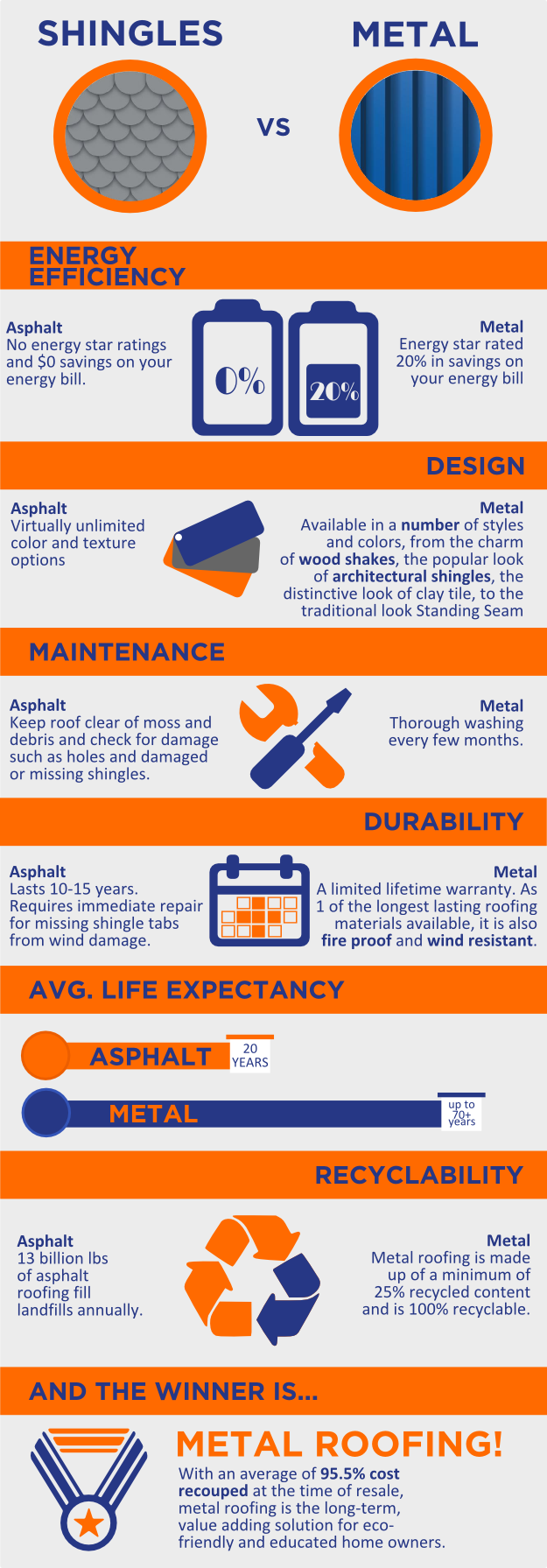Exploring The Financial Implications Of Solar Panel Configuration: Is It A Belongings Financial Investment?
Exploring The Financial Implications Of Solar Panel Configuration: Is It A Belongings Financial Investment?
Blog Article
Produced By-Mathis Larsen
When taking into consideration the costs of solar setup, you could question the ahead of time investment called for and whether it aligns with the possible long-lasting advantages. Understanding the intricacies of these expenses and the various variables affecting the overall return can clarify the worth proposal of transitioning to solar energy. By reviewing solar power near me: find local installers now and the projected financial savings with time, you can gain understanding into whether the investment in solar installation holds pledge for your financial future.
Initial Arrangement Costs
When taking into consideration the costs of solar installation, the first configuration expenses play a vital function in your decision-making process. These upfront prices include the price of solar panels, inverters, installing equipment, and installation labor.
The rate of solar panels can vary depending upon the brand, efficiency, and size you select. Inverters are necessary for converting the sunlight's energy right into functional electrical energy and come in different types such as string inverters, microinverters, and power optimizers, each with its very own price implications.
Installing tools, such as racks and rails, is essential to firmly mount solar panels on your roof covering or residential or commercial property.
https://www.cnet.com/home/energy-and-utilities/solar-parking-lots-are-a-win-win-energy-idea-why-arent-they-the-norm/ covers the specialist installation of the planetary system, ensuring that everything is established properly and efficiently. Remember that while these initial arrangement expenses may appear high, there are commonly refunds, tax obligation incentives, and funding options available to assist balance out the prices and make solar installment much more economical in the long run.
Long-Term Financial Savings Evaluation
To recognize the financial benefits of solar setup in time, it's essential to conduct a thorough lasting cost savings analysis. While the first setup costs of photovoltaic panels may seem overwhelming, the long-term savings can surpass these costs significantly. By harnessing the power of the sunlight to generate electrical power for your home, you can potentially conserve thousands of bucks on your energy costs over the life-span of your planetary system.
Among the vital variables to consider in a lasting cost savings analysis is the reduction in your electricity expenses. With solar panels, you can produce your power, reducing or perhaps eliminating your reliance on the grid. This can bring about significant financial savings, specifically as energy rates remain to rise.
Furthermore, several federal governments provide motivations such as tax credit scores and rebates for setting up solar panels, additionally boosting your long-lasting cost savings. By making the most of these motivations and maximizing your solar energy production, you can enjoy considerable monetary benefits for several years ahead.
Roi Computation
Considering the monetary benefits of solar installation, it's time to evaluate the Return on Investment (ROI) estimation. Determining the ROI involves comparing the total prices of mounting a planetary system with the economic benefits it produces over its life-span.
To determine ROI, divide the internet make money from the system by the total investment price and multiply by 100 to obtain a portion. The ROI formula is: (Internet Revenue/ Total Amount Financial Investment Cost) x 100.
As an example, if the overall cost of mounting a solar system is $20,000, and over its lifespan, it creates cost savings and profits completing $30,000, the net profit would certainly be $10,000. Splitting this by the total investment cost of $20,000 provides a proportion of 0.5. Increasing this by 100 gives an ROI of 50%.
Typically, a greater ROI shows an extra monetarily gratifying investment. Elements like government incentives, maintenance expenses, and power rate changes can affect the ROI of solar installations. Understanding the ROI assists in examining whether buying solar power is worth it in the future.
Final thought
In conclusion, recognizing the prices of solar setup is important for determining if it deserves the financial investment. By considering preliminary configuration expenditures, performing a long-lasting cost savings evaluation, and calculating the return on investment, you can make a notified choice concerning the financial value of solar power. With the capacity for decreased energy costs and enhanced power independence, purchasing solar setup can be a smart option for both your wallet and the setting.
